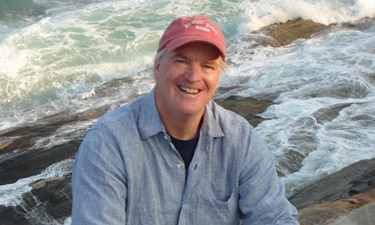 I don’t know about you, but after I finished reading our cover story this month on playground safety, I had to wonder how I survived childhood. It made me want to amend the old saying about cats and their nine lives to include kids. When I grew up, the fancy playgrounds had asphalt surfacing and climbing apparatus better suited to military basic training. Now that I’ve dated myself, I can easily say that the safety advances in playground design and construction have been immense.
I don’t know about you, but after I finished reading our cover story this month on playground safety, I had to wonder how I survived childhood. It made me want to amend the old saying about cats and their nine lives to include kids. When I grew up, the fancy playgrounds had asphalt surfacing and climbing apparatus better suited to military basic training. Now that I’ve dated myself, I can easily say that the safety advances in playground design and construction have been immense.
So, it is more with amusement than concern that I hear about schools of thought claiming playgrounds have become too safe. An article published last summer in the New York Times articulated this very lament: “Even if children do suffer fewer physical injuries — and the evidence for that is debatable — the critics say that these playgrounds may stunt emotional development, leaving children with anxieties and fears that are ultimately worse than a broken bone.” At first I thought this perspective philosophical, that hermetically sealed leisure environments just don’t build character in kids like they did in the good old days. But, no, it’s playground design that’s being challenged.
As author Carrie Madren writes in our cover story, the ways kids can hurt themselves are almost countless—from sweatshirt drawstrings caught in cracks in equipment to worn and faulty facilities. She cites a litany of statistics documenting decreased injuries and fatalities over the years as playgrounds became safer and inspected more rigorously. Softening the blow of falls to the ground may be one of the best improvements in playground safety. Read Madren’s description of the devices used to measure the impact of such falls on skulls, and I’m sure you’ll agree. Having to choose between stunted emotional growth and a broken bone, as posited in the news article above, is a mighty odd distinction.
Rather, the discussion should be directed at the loss over the years of unstructured, natural play. What should be lamented is being able to romp along creeks and climb trees and build imaginary castles. My personal theory is that as family sizes shrank over the last 30 or 40 years, communities got more crowded, and security concerns increased, parents circled the wagons around their children’s leisure activities. Gone are the days when mothers kicked their kids out of the house, telling them not to come back until dinner time. Instead, we now have highly structured, rigorously scheduled activities for kids. Of course, not all of this is bad. But the wiggle room for independence and creativity suffers in such an environment.
Parks and playgrounds, then, have an even stronger role to play in child development. As previous issues of Parks & Recreation have noted, natural playgrounds can be created and manufactured. Either way, the important consideration is connecting kids with nature in fun—and safe—ways.
Philip Hayward, Editor

